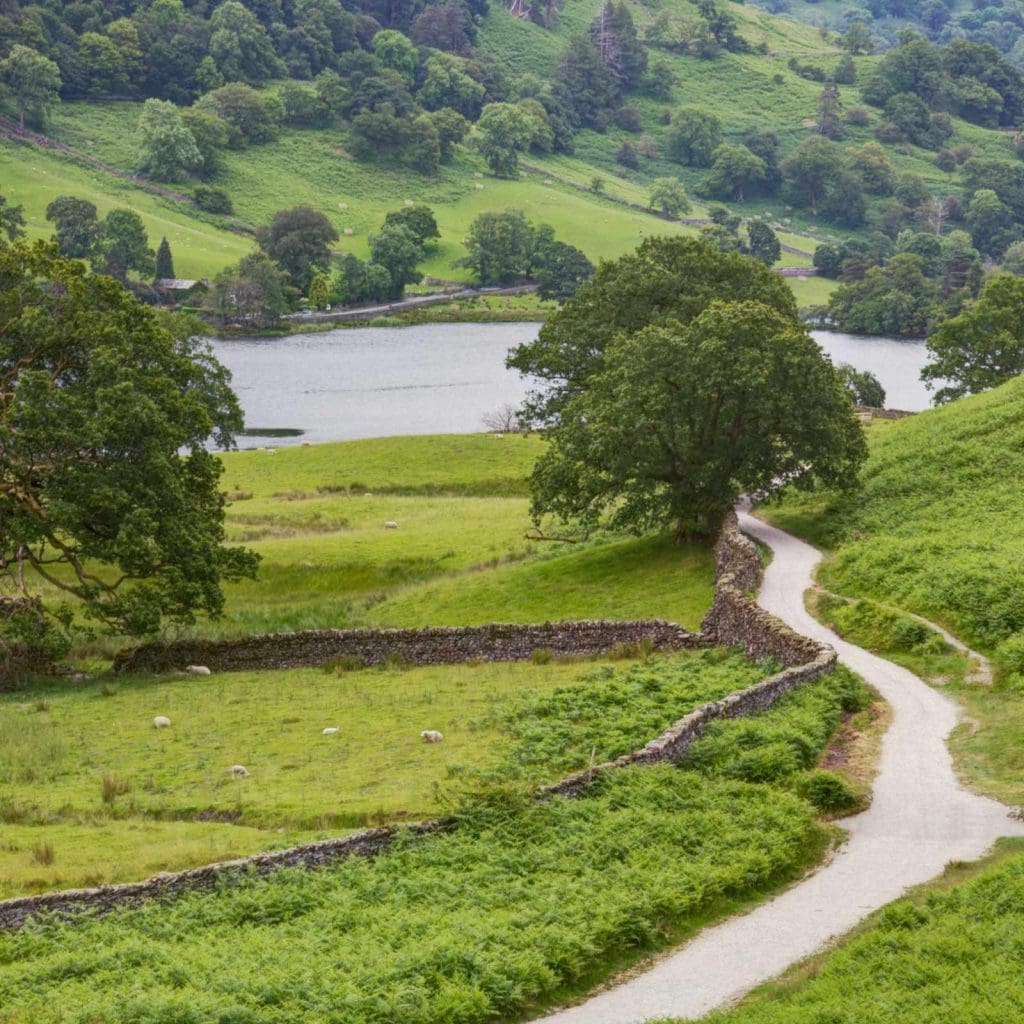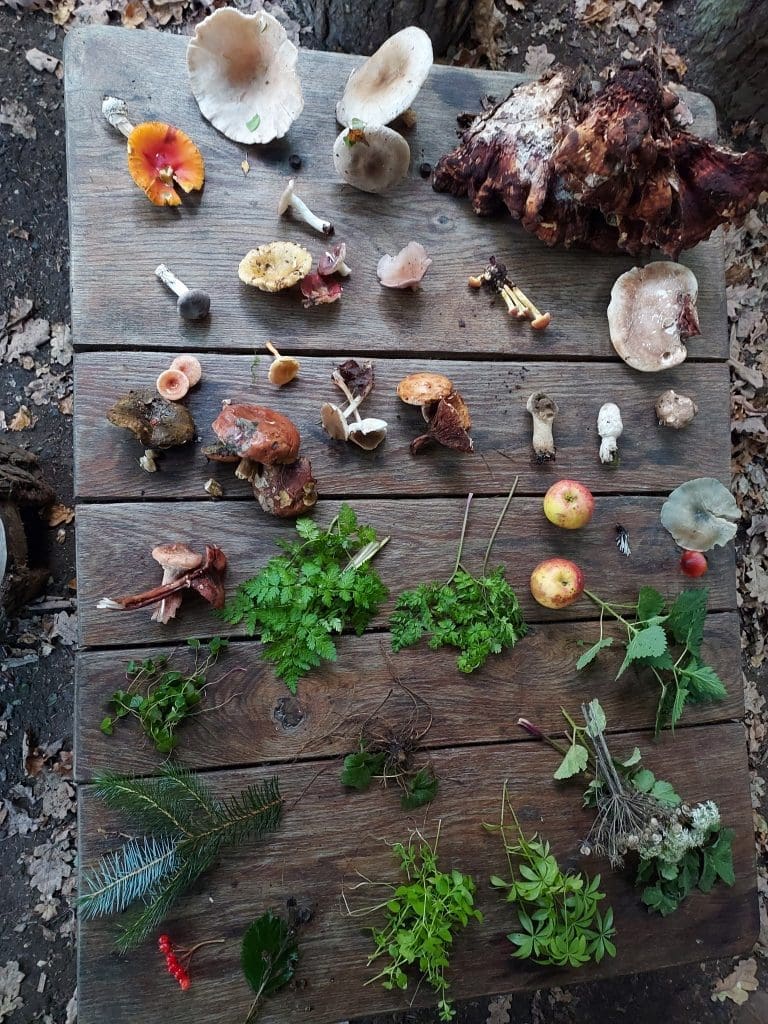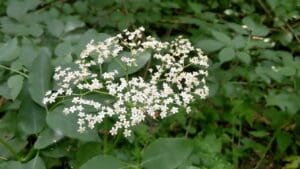Welcome to the captivating realm of foraging amidst the pristine landscapes of England’s Lake District, yes today we’re foraging in the Lake District! Enveloped by nature’s serenity, this picturesque region not only dazzles the eye but also harbours an array of edible plants and wildlife waiting to be discovered.
In this beginner’s guide, we will embark on a deep dive into the art of foraging, unravelling the mysteries of finding delectable mushrooms, identifying a myriad of edible plants, exploring the enchanting world of flowers, all while savouring the tranquillity of the Lakes. So, fasten your walking boots, grab your trusty basket, and prepare to immerse yourself in a mesmerising journey of wild wonders and gastronomic delights!
Written by @Goarmy
The Basics of Foraging & What Kit you Might Need for Foraging in the Lake District

Before you venture into the wilderness on your foraging escapade, it’s imperative to acquaint yourself with the essential tools of the trade. Foraging, an age-old practice rooted in our ancestors’ wisdom, involves the meticulous search for wild food, and in the Lake District, the opportunities are boundless.
To set the stage for your foraging odyssey, arm yourself with a reliable field guide, a durable basket to cradle your finds, and a sharp knife for precise cuts. Additionally, attire yourself appropriately for the outdoor terrain.
A good pair of military boots will ensure your feet stay dry and free from aches and pains on a long walk. A good quality military jacket and goretex trousers will ensure that you are kept warm and dry throughout your foraging journey. Armed with these essentials, you are well-equipped to navigate the untamed beauty that awaits.
Mushroom Foraging in the Lake District

Mushroom foraging, a pursuit that has fascinated nature enthusiasts for generations, unveils an exhilarating adventure in the Lake District. The woodlands and meadows of this region are veritable treasure troves, harbouring a plethora of wild mushrooms, ranging from the delectable chanterelles to the elusive porcini. Some of the edible mushroom species you might encounter when Foraging in the Lake District include (Click the titles to go to an in-depth ID guide on each):
- Chanterelles (Cantharellus cibarius): Chanterelles are prized for their delicate, apricot-like flavour and golden-yellow colour. They can often be found in wooded areas, particularly under oak trees.
- Porcini (Boletus edulis): Porcini mushrooms (also known as Ceps or Penny Buns)are large, brown-capped mushrooms with a nutty, earthy flavour. They are commonly found in both deciduous and coniferous forests.
- Pine bolete (Boletus pinophilus): These are similar to Porcini mushrooms and share their rich, nutty taste. They grow under various trees, including pine and oak.
- Winter Chanterelle (Craterellus tubaeformis): Also known as yellowfoot, these mushrooms have a funnel-shaped cap and a delicious, fruity flavour. They often grow in mossy woodlands, especially during late autumn and winter.
- Hedgehog Mushroom (Hydnum repandum): Hedgehog mushrooms are easily identifiable by their spiky underside instead of gills. They have a sweet, nutty taste and are usually found near trees, especially beech and oak.
- Saffron Milk Cap (Lactarius deliciosus): These mushrooms are characterized by their bright orange cap and orange milk that oozes when cut. They have a mild, pleasant taste and are commonly found in pine forests.
- Field Mushroom (Agaricus campestris): Field mushrooms are the common white mushrooms found in grassy fields and meadows. They have a mild flavour and are often used in various culinary dishes.
- Wood Blewit (Lepista nuda): Wood blewits have a violet to lilac cap and gills. They have a mild, anise-like flavour and are typically found in mixed woodlands, especially in autumn.
When foraging for mushrooms, it’s essential to be absolutely certain of the mushroom’s identification, as some wild mushrooms can be toxic or deadly. It’s advisable to consult experienced foragers, field guides, or mycologists to ensure accurate identification and safe foraging practices. Additionally, joining guided foraging tours with knowledgeable experts can enhance your learning and provide a safer foraging experience.
Identifying Edible Plants when Foraging in the Lake District

The Lake District boasts a diverse tapestry of edible plants, transforming the natural landscape into nature’s very own supermarket. From the humble Nettle and Dandelion to the aromatic Wild garlic and zesty Sorrel, these edible wonders offer a plethora of flavours and nutrients.
To successfully forage for these botanical treasures, it is imperative to hone the art of plant identification. Armed with your trusty field guide, venture into meadows, hedgerows, and riverbanks during the plants’ growing season, typically spanning spring and summer. By mastering the skill of identifying edible plants, you unlock the gateway to a world of culinary possibilities, bringing nature’s goodness straight to your table.
Edible Flowers and Weeds

Edible flowers, with their vibrant hues and delicate flavours, introduce an element of elegance and sophistication to culinary creations.
In the Lake District, a myriad of edible blooms beckon your discovery, from the velvety Violets and fragrant Elderflowers to the fiery Nasturtiums. Furthermore, seemingly ordinary weeds, such as Chickweed and Daisies, not only grace our landscapes but also offer exceptional nutritional value. Incorporating these edible flowers and weeds into your recipes elevates your dishes, transforming them into edible works of art.
Whether adorning salads, desserts, or even steeping in homemade teas, these natural embellishments render your foraged meals a sensory delight, enhancing both visual allure and taste.
Foraging Etiquette and Sustainability when Out Foraging in the Lake District
Foraging, while a fulfilling pursuit, comes with a set of responsibilities that every forager must uphold. It is imperative to practise ethical foraging, ensuring that your endeavours do not disrupt the delicate balance of nature. Forage only in areas where it is both legal and ethical, respecting the guidelines and regulations in place for conservation purposes. As you harvest the bounties of nature, exercise restraint and mindfulness, taking only what you need while leaving the rest for the ecosystem and future generations of foragers.
By embracing responsible foraging practices, you actively contribute to the preservation of the Lake District’s natural splendour, ensuring that its resources endure for generations to come.
Embarking on a foraging expedition in the Lake District transcends the mere pursuit of sustenance; it embodies a celebration of nature’s generosity and establishes a profound connection with the natural world. Through exploration and discovery, you not only enrich your culinary repertoire but also foster a deep appreciation for the gifts of the earth. Foraging becomes a testament to our ancestral relationship with the land, a reminder of the innate connection between humans and nature. So, whether you are a culinary aficionado, a nature enthusiast, or simply an individual seeking a distinctive adventure, seize your basket, step into the wilderness, and allow the mesmerising world of foraging in the Lake District to unfurl before you.
Thanks for the @Goarmy for writing up this fantastic article on survival secrets & Foraging in the Lake District





